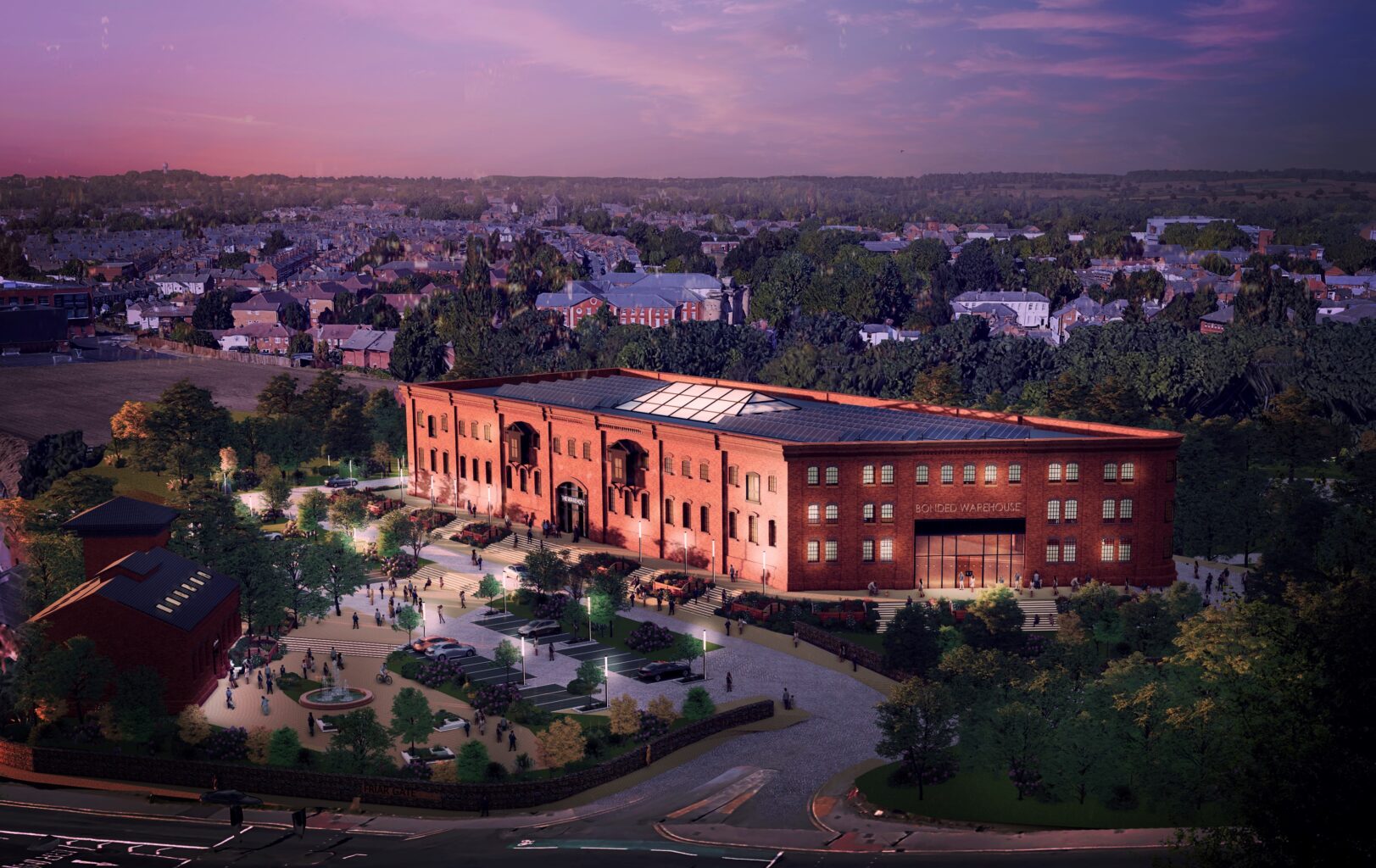Investment News | 19 November 2025
Talking Investment: ‘Derby’s heritage repurposed and reborn’

The restoration of heritage assets forms an important part of Derby’s strategic transformation – with firms like Planning & Design Practice playing a key role in achieving planning consent. Here, in his own words, Jon Millhouse, director and chartered town planner at Planning & Design Practice, explains how Derby is ‘restoring, repurposing and upgrading’ by mixing the old with the new.

Derby has continued to attract meaningful investment and regeneration activity – not just new-build homes, but also the revival of heritage assets and city-centre brownfield sites.
Two themes of this investment really stand out: large-scale housing deals and the strategic reuse of historic buildings to underpin the city’s place-making.
Beyond new housing delivery, Derby’s regeneration agenda is increasingly focused on heritage assets turning historic buildings from liabilities into catalysts for change.
For example, important projects including the revamped Grade II listed Derby Market Hall and the long-awaited restoration of the 19th-century bonded warehouse and engine house at the Friar Gate Goods Yard.

The Friar Gate Goods Yard scheme is particularly notable: an £80 million mixed-use development, which will deliver 276 new homes alongside more than 110,000 sq ft of restored commercial/leisure space, centred on two landmark listed buildings.
Additionally, the redevelopment of St James Street, a city centre street long suffering from vacancy is now underway.
A £10 million regeneration scheme will convert upper floors into around 29 apartments and refurbish ground-floor retail units, supported by the council’s Future High Streets Fund.
As a practice we like to think we are playing our role in helping with this heritage led regeneration within the city.
Planning & Design secured planning and listed building consent for the restoration and re-use of the three-storey renaissance-style Old Post Office, located in Victoria Street, Derby.
The building stood as a city centre landmark since it was originally built in 1869.
Over the years the ground and first floors had been used as various bars with the top floor being left in office use.
The consent allowed for the building to be converted into CUBO, a co-working commercial office complex and wellbeing café for the office lets, on behalf of Staton Young Group.

The result of this is that work on a sympathetic restoration has been undertaken, allowing one of Derby’s most important listed buildings to return to its former glory with a new lease of life.
Furthermore, Planning & Design Practice also recently secured planning and listed building consent for the reuse of the former Magistrates Court at Riverside Chambers to repurpose the building to become a wedding venue, in collaboration with Morrison Design Architects.
The projects involve two of Derby’s most architecturally significant properties:
– The Royal Hotel. This building was constructed in 1837 as part of a complex that included the town’s Athenaeum and Post Office. Designed by architect Robert Wallace, it quickly became the city’s leading location for visitors and public celebrations until it closed its doors as a hotel in 1951.
– The Former Magistrates Court (Riverside Chambers). Designed by Borough Architect C.H. Aslin in the Georgian Revival style, the building was erected between 1932 and 1934 as part of a major municipal redevelopment. It served the city as a civic and judicial hub for seven decades, functioning as both the Magistrates Court and the Central Police Station before closing in the early 2000s.
These achievements pave the way for the significant transformation of two key listed buildings, breathing new commercial, cultural and civic life into the city centre while carefully preserving Derby’s valuable architectural heritage.
These examples show that rather than simply building new, the city is restoring, repurposing and upgrading, an approach that supports sustainability, preserves character and appeals to both occupiers and investors seeking unique properties.
Location remains critical. The projects achieving traction are those anchored in strong urban corridors, rail station gateways, shopping/leisure hubs, and heritage quarters.
The inclusion of build-to-rent, mixed-tenure and adaptive-reuse typologies indicates investor appetite for alternative housing formats beyond traditional ownership models.
Derby is entering a phase where regeneration is less about “one-off” schemes and more about strategic transformation of place new homes, repurposed heritage assets and integrated mixed-use neighbourhoods.
For the investor community, this means that opportunities are increasing.
Investing in Derby now is about participating in the city’s industrial past and evolving future identity rather than just buying property.
The city is remaking itself. Future investors should ask: how can I be part of that remaking?


